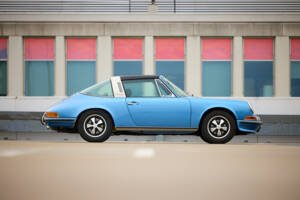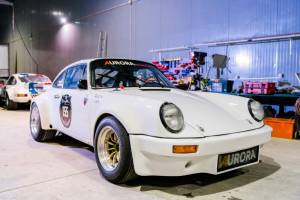- Car
- Porsche
- Porsche 911
- Porsche "Urmodell" (115 offers)
Porsche 911 F-Model (“Original Model”) Classic Cars For Sale
Produced from 1964 to 1973, the Porsche 911 Classic stands as a monumental icon in automotive history and is a highly sought-after gem in the classic car scene. Its unique rear-mounted flat-six engine, iconic design, and outstanding driving dynamics make the 911 F-Model (“Original Model”) a truly distinctive car. With racing heritage and as a pioneer for modern Porsche sports cars, the Porsche 911 captivates as a classic. Introduced in 1968, the Targa was a safety cabriolet featuring a roll bar. Initially offered with a plastic window, these early soft-window Targas are particularly coveted today, with later versions having a glass rear window. A full cabriolet version was never realized due to stringent US safety regulations.
Search results
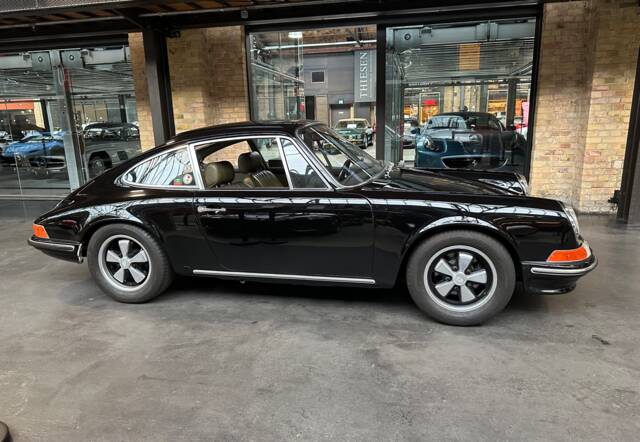
1973 | Porsche 911 2.4 T
911 F-Modell 2,4 T*Italy*Nero/Verde

1971 | Porsche 911 2.2 S
1 of 788 TARGA S models
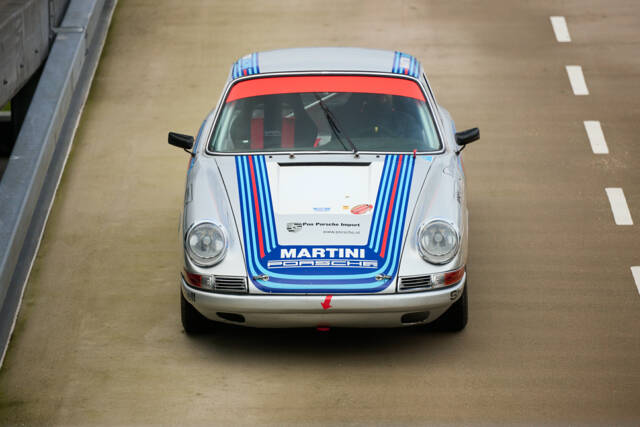
1967 | Porsche 911 2.0
Porsche 911 SWB 'Martini' Road registered race car
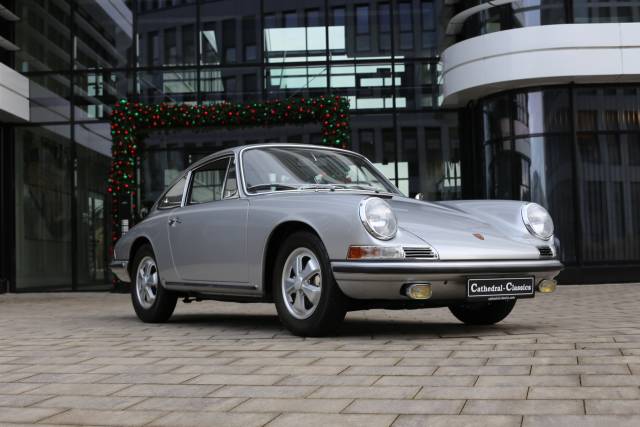
1966 | Porsche 911 2.0 S
World-Class Restored Porsche 911S Coupe from September 1966
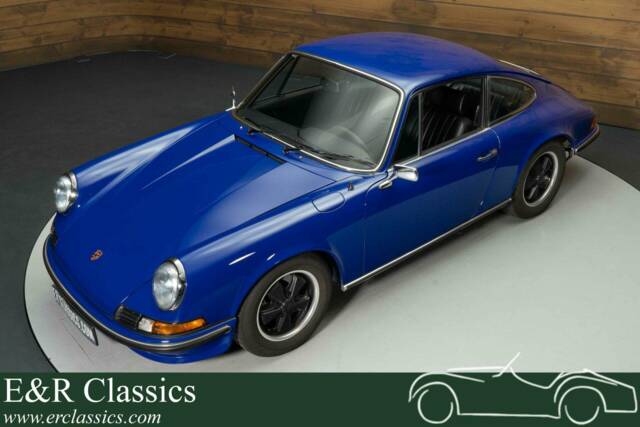
1973 | Porsche 911 2.4 T
Porsche 911
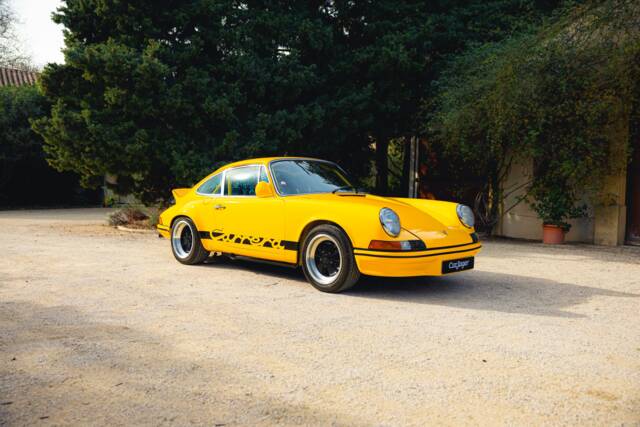
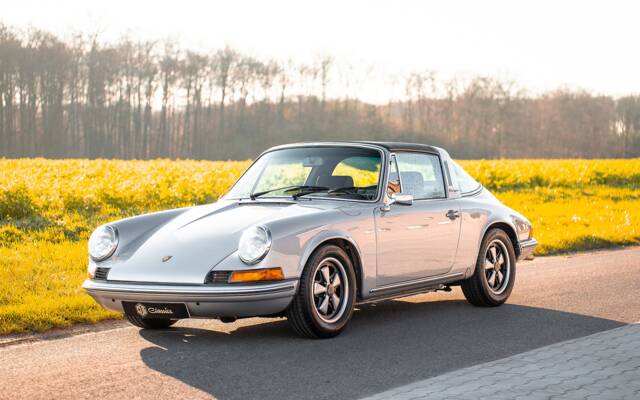
1972 | Porsche 911 2.4 T "Oilflap"
Perfekt restaurierter Zustand! Ölklappe!
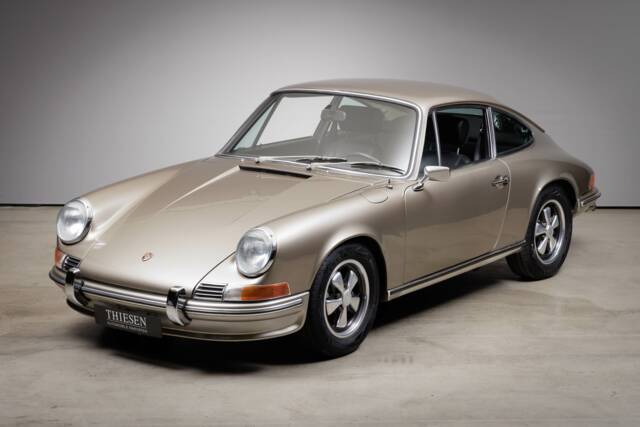
1972 | Porsche 911 2.4 T "Oilflap"
911 2,4l Coupé "Ölklappe"
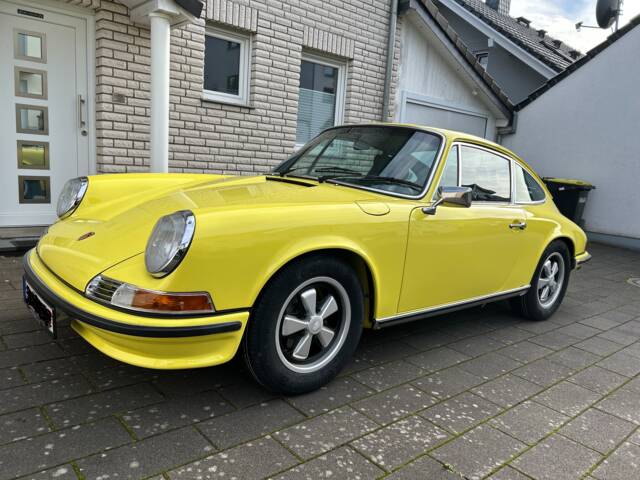
1972 | Porsche 911 2.4 T "Oilflap"
911 2.4 T E Ölklappe Leder voll restauriert aus Sammlung
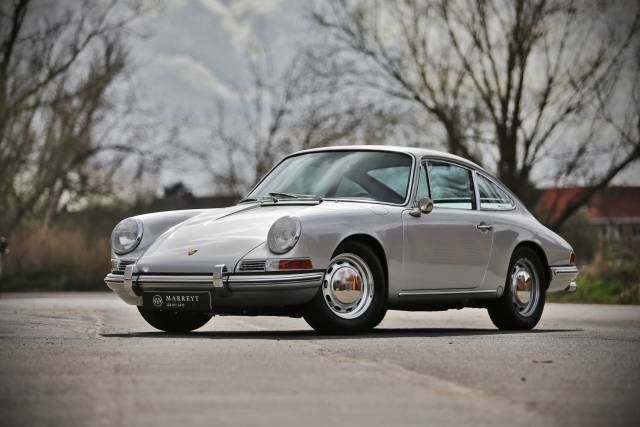
1967 | Porsche 911 2.0
Porsche 911 2.0 SWB
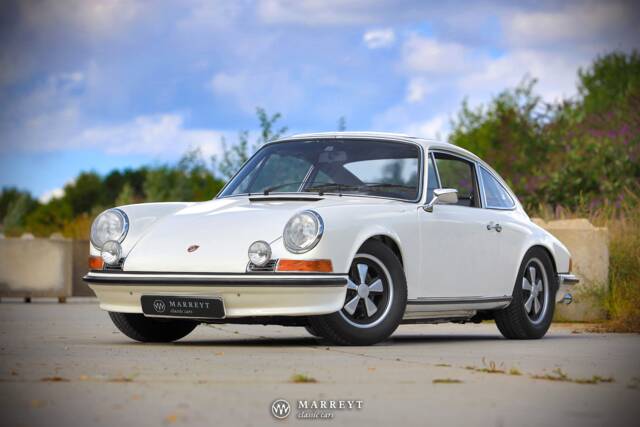
1972 | Porsche 911 2.4 S "Oilflap"
"highly desirable period options"
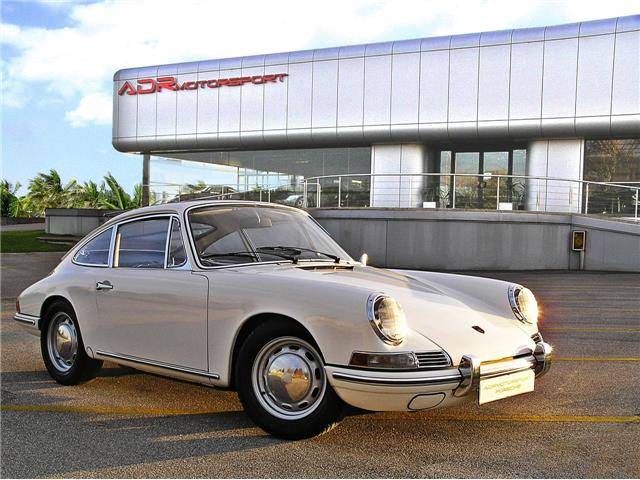
1968 | Porsche 911 2.0 T
911 2.0 T KARMANN COUPé SWB
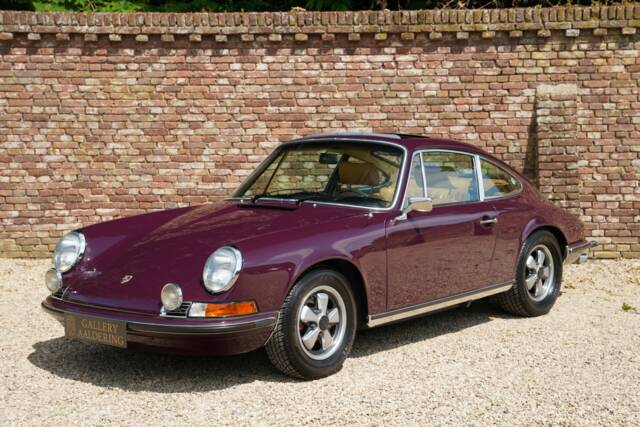
1972 | Porsche 911 2.4 T "Oilflap"
Porsche 911 Urmodell 2.4 E Ölklappe Ordered new from the factory with the leather-trimmed four-bar steering wheel/ air conditioning/ S-type dials/ front roll bar and sunroof, Accompanied by its dealer stamped service and warranty booklet/ a key card and the owner’s manual, ‘Matching Numbers’ example of the marque’s defining classic sports car, Superb driving 911
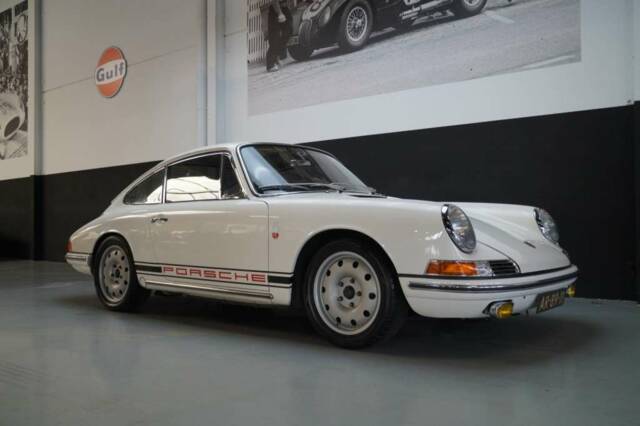
1965 | Porsche 911 2.0
Porsche 911

1976 | Porsche 911 RSR 3.0
H76 Porsche 911 Carrera RS 3.0 Replica Built by Legendary Aurora MotorSport
911 F-Model (“Original Model”) Classic: History
Introduced in 1964, the Porsche 911 F-Model (“Original Model”) marked the start of a decades-long success. Designed by Ferdinand Alexander "Butzi" Porsche, its distinct silhouette with round headlights and a sloping rear remains a Porsche 911 signature to this day. The air-cooled flat-six engine, initially with a 2.0-liter displacement, was revolutionary and initially produced 130 horsepower. Over the years, variants like the legendary Porsche 911 S with 160 hp and the racing version 911 R emerged, setting the 911's reputation as a powerful, reliable sports car.
Popular 911 F-Model (“Original Model”) Classic Models
During its production, several versions became highly desirable among Porsche 911 classics:
- Porsche 911 (1964-1967): The earliest models, featuring a 2.0-liter flat-six engine with 130 hp, are especially interesting to collectors as they represent the 911's original form.
- Porsche 911 S (1966-1973): The sporty variant, offering up to 190 hp thanks to an enhanced engine, quickly became a favorite among sports car enthusiasts and achieved significant motorsport success.
- Porsche 911 T (1967-1973): Designed as an entry level model, with a slightly lower power output between 110 and 130 hp. Despite this, the 911 T remains a sought-after classic for its accessible pricing and authentic driving experience.
- Porsche 911 E (1969-1973): A more comfortable variant aimed at drivers valuing luxury alongside sportiness, offering 140 to 165 hp, it was particularly popular for long-distance journeys.
- Porsche 911 R (1967): Limited to just 20 units, the racing version of the 911 (“Original Model”) was built extremely lightweight and is among the rarest and most valuable Porsche models today.
- Porsche 911 Carrera RS 2.7 (1973): Originally planned with just 500 units for racing homologation, more than 1,500 were built due to its success. The distinctive rear spoiler, known as the “ducktail,” is often replicated, and original complete vehicles are priced notably higher than others.
Special Features of the 911 F-Model (“Original Model”) Classic
The timeless design and legendary rear-engine layout define the Porsche 911 F-Model classics. They offer a pure driving experience accentuated by direct steering and agile handling. The distinctive sound of the air-cooled flat-six engine adds to the allure of the Porsche 911 F-Model (“Original Model”) and many original spare parts are still accessible, simplifying maintenance and restoration.
Key Purchase Criteria for 911 F-Model (“Original Model”) Classics
When purchasing a Porsche 911 F-Model (“Original Model”) classic, consider these crucial factors:
- Condition and Restoration Level: This model is prone to rust, especially in structural areas and the underbody. A thorough condition check is essential.
- Originality: Porsche 911 classics with original parts and unaltered engines hold more value than heavily modified examples. Examine all key components like engine, transmission, and interior. A complete history documentation assists in this.
- Maintenance and Spare Parts: Thanks to a large fan base and numerous Porsche classic specialists, spare parts supply is well supported. Many parts are available through specialized dealers and online platforms.
911 F-Model (“Original Model”) Classic: Technical Specs
Below is an overview of the key technical specifications and features of the most popular 911 F-Model (“Original Model”) classics:
| Series | Model Name | Generation | Year of Manufacture | Body Styles | Engine | Power |
|---|---|---|---|---|---|---|
| Porsche 911 | 911 | F-Model | 1964-1967 | Coupé | 2.0-liter 6-cylinder | 130 hp |
| Porsche 911 | 911 S | F-Model | 1966-1973 | Coupé, Targa | 2.0 to 2.4-liter 6-cylinder | 160-190 hp |
| Porsche 911 | 911 T | F-Model | 1967-1973 | Coupé, Targa | 2.0 to 2.4-liter 6-cylinder | 110-130 hp |
| Porsche 911 | 911 E | F-Model | 1969-1973 | Coupé, Targa | 2.0 to 2.4-liter 6-cylinder | 140-165 hp |
| Porsche 911 | 911 R | F-Model | 1967 | Coupé | 2.0-liter 6-cylinder | 210 hp |
Restoration of 911 F-Model (“Original Model”) Classics
Restoring a Porsche 911 F-Model (“Original Model”) classic is a demanding yet rewarding endeavor, particularly for rare models like the 911 S or 911 R. Ensuring an original engine and bodywork is critical to maintaining the vehicle's value. A high-quality restoration not only enhances the collector's value but brings the car back to its full classic Porsche 911 driving experience. The availability of spare parts and the expertise of specialized workshops greatly facilitate this process.
Conclusion
The Porsche 911 F-Model classic remains a true icon, captivating sports car enthusiasts worldwide. Its iconic design, racing heritage, and exhilarating driving make it one of the most coveted classic cars. Early models and racing versions like the 911 S and 911 R are especially desirable collector’s items. At Classic Trader, you can find a wide array of well-preserved Porsche 911 F-Model (“Original Model”) classics.
FAQs about the 911 F-Model (“Original Model”) Classics
Why is the Porsche 911 F-model (“Urmodell”) so popular as a classic car?
The Porsche 911 is a true classic due to its timeless design, dynamic driving experience, and strong connection to motorsport. It was the first Porsche model to feature an air-cooled six-cylinder boxer engine, renowned for its reliability and performance. Its iconic shape, with round headlights and a sleek rear, has remained mostly unchanged over the years, symbolizing sporty elegance.
How can I find spare parts for the Porsche 911 F-model ("Original Model")?
You can find spare parts for the Porsche 911 F-model ("Original Model") through specialized suppliers, online marketplaces, and Porsche Classic Centers. A wide range of parts is still available since Porsche supports classic cars extensively. However, specific components, such as rare body parts or specific engine parts, can be more challenging to find. Classic car clubs and forums are excellent resources for locating scarce parts.
What should I consider when buying a Porsche 911 F-model?
When purchasing a Porsche 911 F-model ("original model") classic car, it's crucial to watch for rust, as the early models weren't galvanized and are prone to corrosion in areas like the fenders, sills, and A-pillars. The engine's condition is also vital; check for oil leaks and the vehicle's maintenance history. The originality of the equipment significantly affects the value. Having full maintenance history documentation is advantageous.

